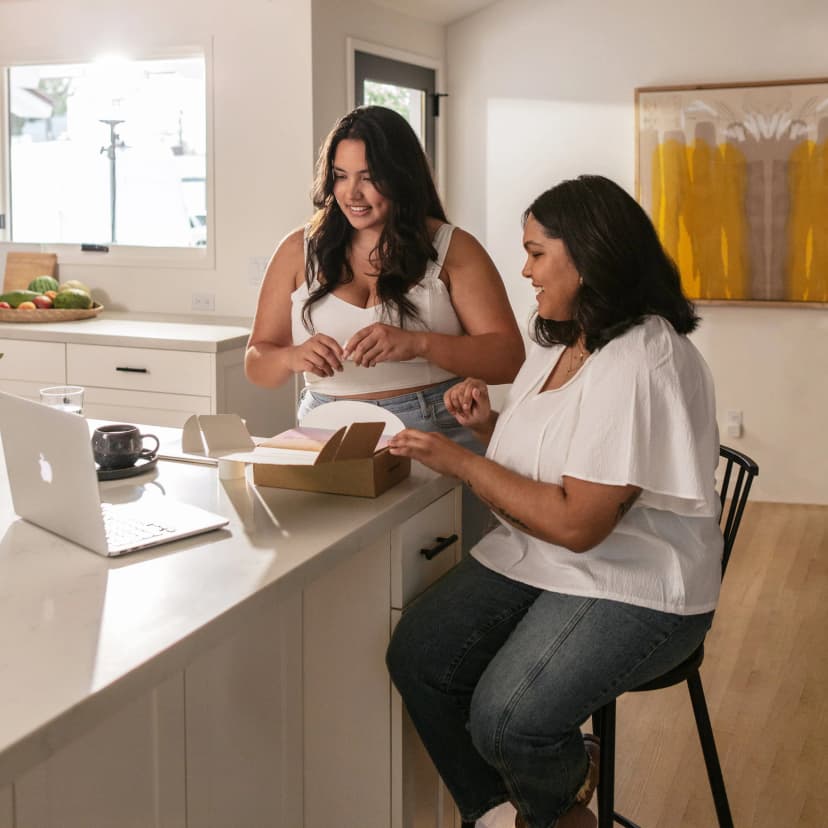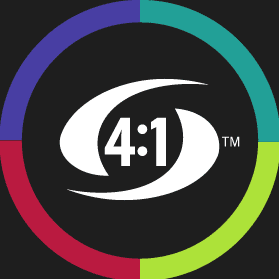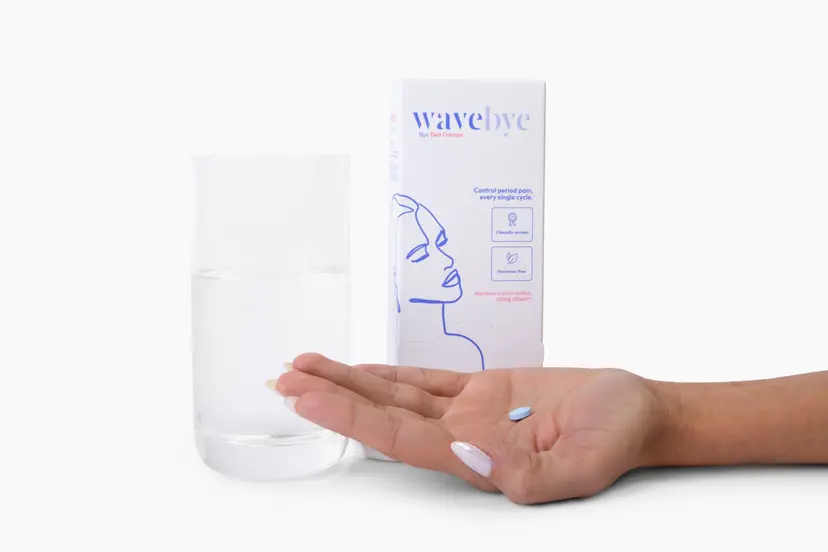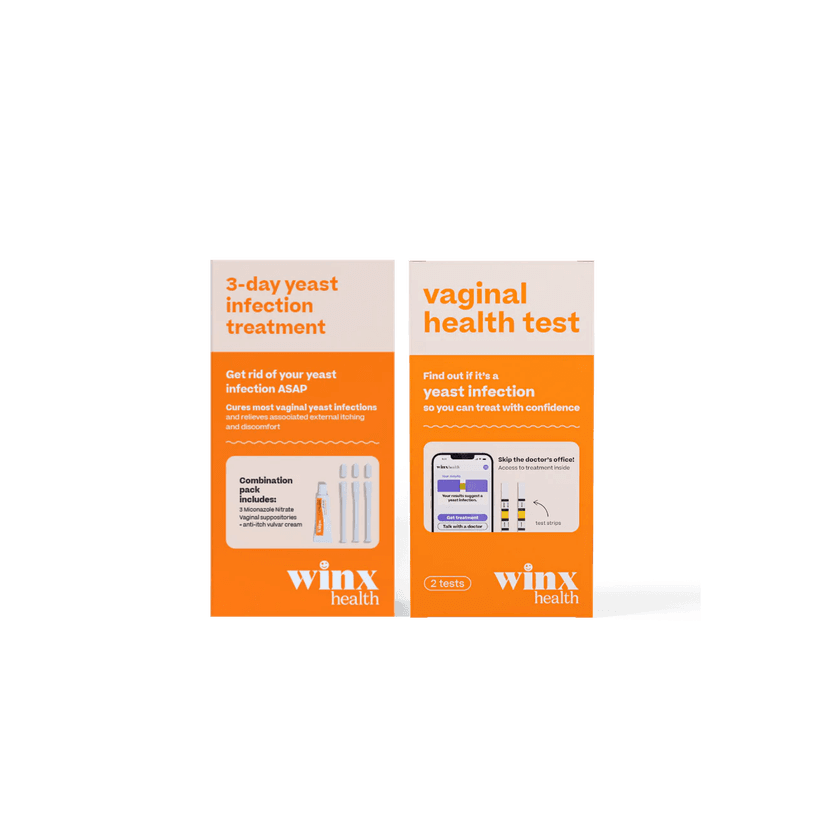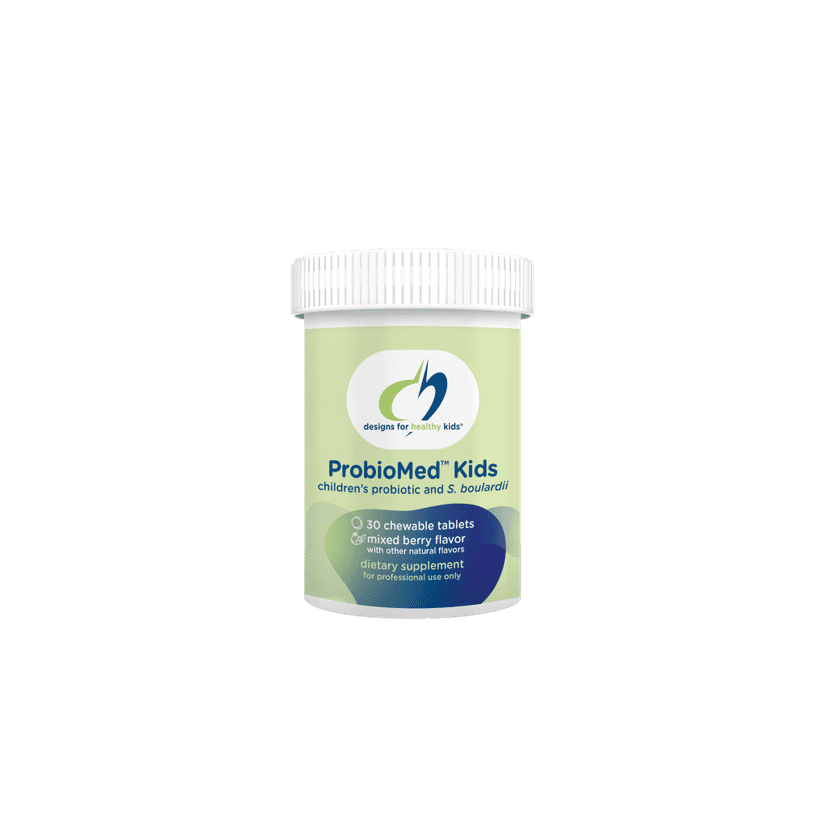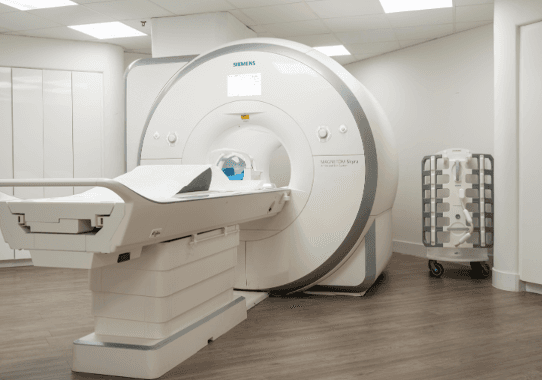Managing chronic diseases like diabetes and hypertension is crucial for maintaining health and preventing complications. These conditions often occur together and can lead to serious health issues if not properly managed. This article will explore various strategies for managing diabetes and hypertension, including self-management tips, lifestyle changes, and the role of healthcare providers.
Key Takeaways
- Self-management is essential for controlling diabetes and hypertension, and home blood pressure monitoring can help improve medication adherence.
- Lifestyle changes, such as a healthy diet and regular exercise, are important for managing both conditions and can reduce the need for medication.
- Combination therapy is often necessary for patients with diabetes to achieve target blood pressure levels, and fixed-dose combinations can be effective.
- Managing comorbidities and complications, like cardiovascular risks and kidney health, is critical for patients with both diabetes and hypertension.
- Healthcare providers play a key role in educating patients, conducting regular check-ups, and developing collaborative care plans.
The Importance of Self-Management in Diabetes and Hypertension
Home Blood Pressure Monitoring
Home blood pressure monitoring is a vital part of managing both diabetes and hypertension. Regularly checking your blood pressure at home can help you keep track of your health and make necessary adjustments. It is as accurate as 24-hour ambulatory blood pressure monitoring and may even better predict cardiovascular risks than measurements taken at a doctor's office.
Medication Adherence
Taking your medications as prescribed is crucial for controlling both diabetes and hypertension. Missing doses can lead to uncontrolled blood sugar and blood pressure levels, increasing the risk of complications. Setting reminders or using a pill organizer can help you stay on track.
Reducing Cardiovascular Risk
Managing diabetes and hypertension effectively can significantly lower your risk of heart disease. This includes maintaining a healthy weight, eating a balanced diet, and exercising regularly. These steps not only help control blood sugar and blood pressure but also improve overall heart health.
Self-management empowers you to take control of your health, making it easier to manage chronic conditions like diabetes and hypertension.
Lifestyle Management Strategies
Dietary Changes
Dietary changes play a crucial role in managing both diabetes and hypertension. Adopting a balanced diet can significantly improve blood pressure and blood sugar levels. Key dietary strategies include reducing excess body weight through caloric restriction, limiting sodium intake to less than 2,300 mg per day, and increasing the consumption of fruits and vegetables. Additionally, avoiding excessive alcohol consumption is important—no more than two servings per day for men and one serving per day for women.
Physical Activity
Increasing physical activity levels is another essential strategy. Regular exercise helps lower blood pressure, improve insulin sensitivity, and promote overall cardiovascular health. Aim for at least 150 minutes of moderate-intensity aerobic activity per week, such as brisk walking or cycling. Including muscle-strengthening activities on two or more days a week can also be beneficial.
Stress Reduction
Managing stress is vital for individuals with diabetes and hypertension. Chronic stress can negatively impact blood pressure and blood sugar levels. Techniques such as mindfulness, meditation, and deep-breathing exercises can help reduce stress. Additionally, ensuring adequate sleep and maintaining a healthy work-life balance are important components of stress management.
Lifestyle management is a key component in the treatment of hypertension and diabetes. It not only helps in controlling blood pressure and blood sugar levels but also enhances the effectiveness of medications and promotes overall metabolic health.
Pharmacologic Treatments for Diabetes and Hypertension
Combination Therapy
Managing diabetes and hypertension often requires a combination of medications. Using multiple drugs can help achieve better control over blood pressure and blood sugar levels. For instance, a patient might take an ACE inhibitor along with a thiazide-like diuretic to manage hypertension effectively.
Fixed-Dose Combinations
Fixed-dose combinations are medications that combine two or more drugs in a single pill. These combinations can simplify treatment plans and improve medication adherence. They are particularly useful for patients who need multiple medications to control their conditions.
Mechanisms of Action
Different medications work in various ways to manage diabetes and hypertension. For example, ACE inhibitors help relax blood vessels, making it easier for the heart to pump blood. On the other hand, SGLT2 inhibitors help the kidneys remove excess sugar from the blood. Understanding these mechanisms can help healthcare providers choose the most effective treatment plans.
Fixed-dose combinations can make it easier for patients to stick to their treatment plans, reducing the risk of complications.
Managing Comorbidities and Complications
Cardiovascular Risks
Managing diabetes and hypertension together is crucial because having one condition increases the risk of developing the other. Detecting and treating these conditions early can prevent serious complications. Regular monitoring and lifestyle changes, such as a balanced diet and regular exercise, can help manage blood pressure and blood glucose levels.
Kidney Health
Diabetes and hypertension can both lead to kidney damage over time. It's important to monitor kidney function regularly through blood and urine tests. Maintaining good blood pressure and blood sugar control can help protect kidney health. Patients should also be aware of the signs of kidney problems, such as swelling in the legs or feet and changes in urine output.
Microvascular Complications
Microvascular complications, such as retinopathy and neuropathy, are common in patients with diabetes and hypertension. Regular eye exams and foot checks are essential to detect these issues early. Managing blood sugar and blood pressure levels can reduce the risk of developing these complications. Patients should also be educated on the importance of foot care and the need to report any unusual symptoms to their healthcare provider.
Effective management of comorbidities and complications requires a comprehensive approach that includes regular monitoring, lifestyle changes, and patient education. By staying proactive, patients can significantly reduce their risk of serious health issues.
Target Blood Pressure Goals in Diabetic Patients
Setting Realistic Goals
For most people with diabetes and high blood pressure, the goal is to keep systolic blood pressure below 140 mmHg and diastolic blood pressure below 90 mmHg. Some may aim for lower targets, like 130/80 mmHg, especially if they are at high risk for heart disease. However, these lower targets should be reached without causing too much treatment burden.
Monitoring Progress
Regular monitoring is key to managing blood pressure in diabetic patients. Blood pressure should be checked at every healthcare visit. This helps in making timely adjustments to the treatment plan if needed.
Adjusting Treatment Plans
Treatment plans should be flexible and adjusted based on individual needs. Factors like age, other health conditions, and the risk of side effects should be considered. Sometimes, a combination of lifestyle changes and multiple medications is necessary to achieve the desired blood pressure goals.
It's important to work closely with healthcare providers to set and achieve realistic blood pressure targets. This collaborative approach ensures that the treatment plan is both effective and manageable.
The Role of Healthcare Providers
Patient Education
Healthcare providers play a crucial role in educating patients about managing diabetes and hypertension. They offer guidance on medication, diet, and lifestyle changes that can help control these chronic conditions. Providers also teach patients how to monitor their blood pressure and blood sugar levels at home.
Regular Check-Ups
Regular check-ups are essential for managing chronic diseases. During these visits, healthcare providers can track the progress of the treatment plan, adjust medications if needed, and address any new symptoms or complications. These appointments are also an opportunity for patients to ask questions and get support.
Collaborative Care Plans
Creating a collaborative care plan involves the patient, healthcare providers, and sometimes specialists. This team approach ensures that all aspects of the patient's health are considered. The care plan may include:
- Medication schedules
- Dietary recommendations
- Exercise plans
- Regular monitoring of blood pressure and blood sugar levels
A collaborative care plan helps patients feel supported and more in control of their health.
Future Directions in Chronic Disease Management
Innovative Technologies
The future of chronic disease management is bright with the advent of innovative technologies. Wearable devices and mobile apps are becoming essential tools for monitoring health metrics like blood sugar and blood pressure. These technologies provide real-time data, enabling patients to make informed decisions about their health.
Personalized Medicine
Personalized medicine is another promising direction. By tailoring treatments to individual genetic profiles, healthcare providers can offer more effective and targeted therapies. This approach not only improves outcomes but also minimizes side effects.
Research and Development
Ongoing research and development are crucial for advancing chronic disease management. New medications and treatment protocols are continually being tested, offering hope for better management of diabetes and hypertension. The focus is on finding more efficient ways to control these conditions and improve patients' quality of life.
The integration of technology and personalized medicine is set to revolutionize how we manage chronic diseases, making treatments more effective and patient-centered.
Conclusion
Managing diabetes and hypertension together is a lifelong journey that requires dedication and a proactive approach. By keeping track of blood pressure and blood sugar levels at home, patients can better stick to their treatment plans and reduce their risk of heart problems. Lifestyle changes, like eating healthy and exercising, play a big role in controlling these conditions and can even make medications work better. It's important to work closely with healthcare providers to find the right mix of treatments. With the right care and commitment, people with diabetes and hypertension can lead healthier lives and avoid serious complications.
Frequently Asked Questions
What is self-management in diabetes and hypertension?
Self-management means taking charge of your own health by monitoring your blood pressure and blood sugar at home, sticking to your medication schedule, and making lifestyle changes to reduce risks.
Why is home blood pressure monitoring important?
Checking your blood pressure at home helps you keep track of your health, stick to your medication plan, and lower your chances of heart problems. It's just as accurate as going to the doctor.
How can lifestyle changes help manage hypertension and diabetes?
Eating better, being more active, and reducing stress can lower your blood pressure and blood sugar levels. These changes also make your medications work better and help you stay healthier overall.
What are combination therapies for diabetes and hypertension?
Combination therapies use more than one type of medicine to control blood pressure and blood sugar. Fixed-dose combinations put multiple drugs into one pill, making it easier to take your meds.
What should be the target blood pressure for someone with diabetes?
People with diabetes should aim for a blood pressure lower than 130/80 mm Hg. This helps reduce the risk of heart and kidney problems.
How do healthcare providers help in managing these conditions?
Doctors and nurses educate you, check your health regularly, and work with you to make a care plan. They help you understand your condition and how to manage it better.


